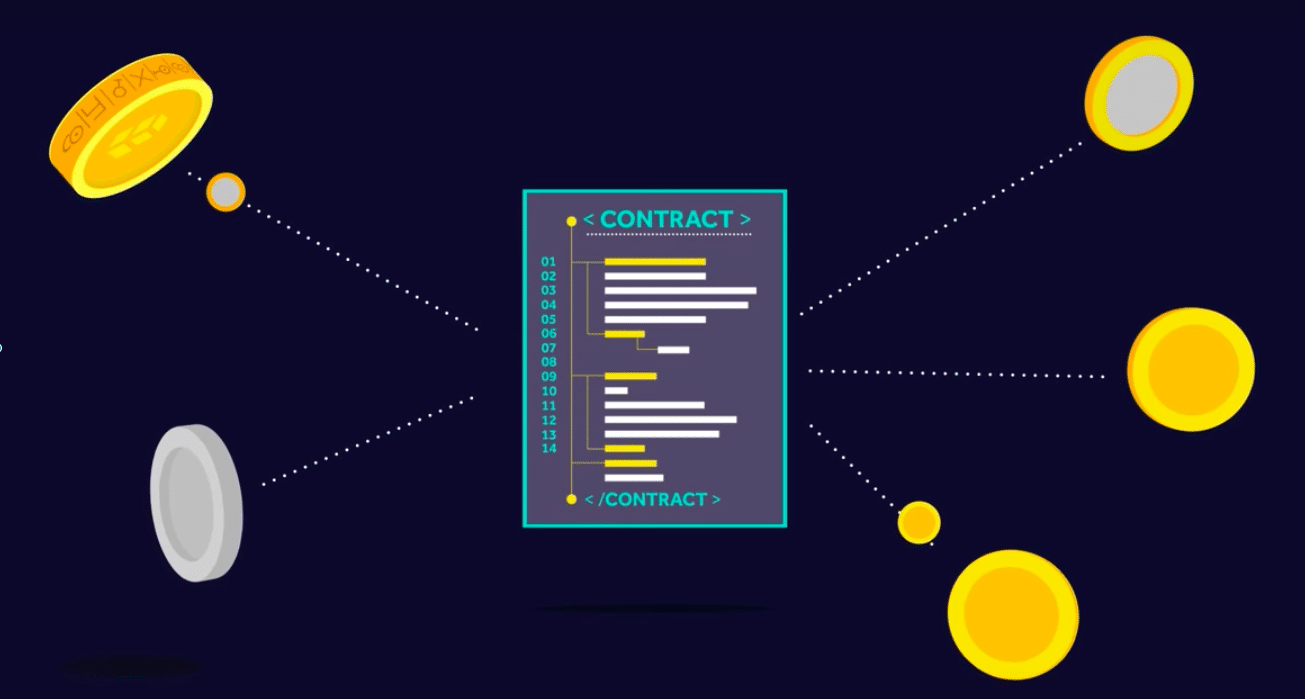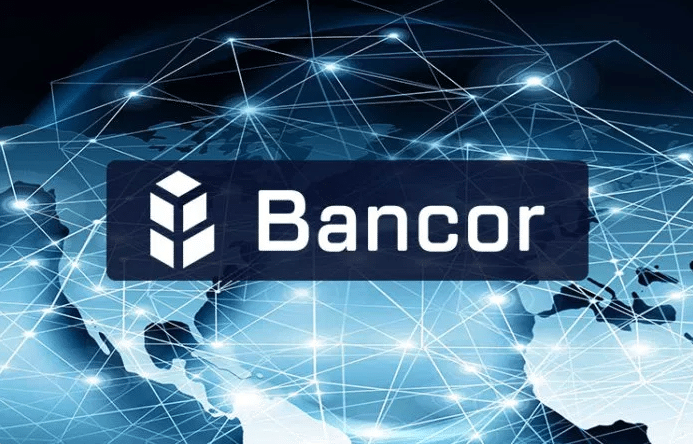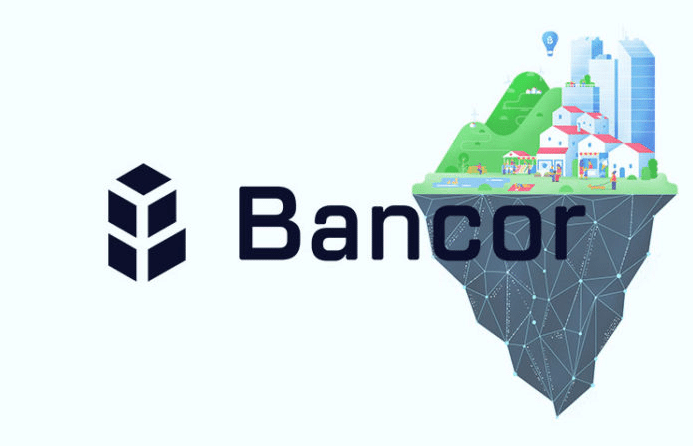What is Bancor?
Bancor is a blockchain protocol that allows users to convert between different tokens directly as opposed to exchanging them on cryptocurrency markets.
The project offers a network, which we’ll discuss soon, that works to bring liquidity to the majority of tokens that lack a consistent supply/demand in exchanges. That network is built on smart contracts and a new class of cryptocurrencies that the team calls “Smart Tokens.”
What Problem Does Bancor Aim to Solve?
Bancor is looking to provide support to the illiquidity that currently exists within the cryptocurrency market. Illiquidity isn’t so much an issue for top coins like Bitcoin or Ethereum because there are always buyers and sellers looking to exchange those coins. It is definitely an issue, however, for the thousands of other tokens that may serve legitimate decentralized purposes but haven’t attracted enough attention in the market to be liquid.
The liquidity of a token is determined by its consistent presence of buyers and sellers. A token with high liquidity is one that you can easily acquire or sell at any particular moment in time. The opposite is true for tokens with low liquidity.
The Bancor team argues that, since a majority of tokens are difficult to exchange, they’re excluded from the internet of value. Their protocol aims to integrate those tokens by helping to establish their liquidity.
The team envisions a future that involves millions of tokens that are highly effective locally, yet tradeable globally.

Smart Tokens and the Bancor Protocol
Bancor’s protocol uses smart contracts to create Smart Tokens, which serve as an alternative mechanism for trading. A key characteristic of the protocol is that it doesn’t call for an exchange of tokens with a second party, as in the case of cryptocurrency exchanges. Rather, it employs Smart Tokens to convert between different ERC-20 tokens internally. These conversions take place through the blockchain’s protocol and completely outside of cryptocurrency exchanges.
Smart Tokens process token conversions internally by holding reserves of other ERC20 tokens within their Smart Contract. They can then convert back and forth between those reserves as users request it.

You can think of Smart Tokens as money that holds money. They hold reserves similar to how a central bank holds foreign currency reserves and converts between them.
The Bancor protocol supports all tokens following Ethereum’s ERC-20 standard. Every Smart Token created is ERC-20 compliant and therefore compatible with all other ERC-20 tokens. We already know that a Smart Token can be instantly converted to any of its connected tokens (reserves). But, it can also be converted to any of its connected token’s connected tokens, and so on. This creates a network of linked tokens that makes for quick and automated conversions.

Bancor Network Token (BNT)
The Bancor protocol has its own native currency, BNT. BNT is the first-ever Smart Token on the Bancor Network and is held as a reserve by all other Smart Tokens. This connectivity allows BNT to significantly reduce the number of conversions needed to arrive at the end token.

Bancor’s Liquidity
Bancor brings liquidity to tokens by removing the need for buyers and sellers to match in order for an exchange to take place (as in the case of cryptocurrency exchanges). Instead, you can make conversions at any time directly through smart contracts on the network.
Bancor’s Protocol guarantees that liquidity by programming a Constant Reserve Ratio (CRR) in all Smart Token contracts. The CRR effectively prevents Smart Tokens from depleting their reserves.
As tokens work their way through different smart contracts, the prices of conversion are calculated by a collection of formulas and algorithms (made available in the project’s whitepaper). These formulas are specifically designed to help ensure conversion rates while avoiding depletion.
[thrive_leads id=’5219′]
Converting Tokens on the Bancor Network
You can access the network and convert between its supported tokens through Bancor’s web application.
Let’s walk through what a token conversion might look like. Say you want to convert an ERC-20 token like DragonChain to another, say, EOS.

On the web app, you would just need to select these two tokens and click “convert” (assuming you’ve attached a wallet that provides you with some DRGN token to exchange). After you click “convert”, the Bancor protocol initiates a series of requests to different smart contracts. The first request converts your DRGN to a Smart Token that holds DRGN in its reserves. That Smart Token is then liquidated for another Smart Token that holds EOS in its reserve. Once the chain of conversions is complete, you receive the EOS.
Conceptual Real World Use-Case
Say, for example, Dutch Airlines and American Airlines both start using crypto and their respective air mile credits are modeled as ERC-20 tokens. The Bancor protocol, then, would work to allow a user to exchange Dutch Air miles for American Airline Loyalty points without the need for someone wanting to do the exact opposite trade at that moment.

Bancor Team
The Bancor team consists of a core Foundation Council and their Advisory Board. The Foundation Council includes four individuals based out of Zug, Switzerland.

Bernard Lietaer is a Belgian civil engineer, economist, author, and professor. Lietaer specialized in monetary systems and promotes the notion of communities creating their own local currencies.
Eyal Hertzog is the project’s product architect and is noted for co-founding the video-sharing company, Metacafe. Hertzog also co-founded Appcoin, a project similar to Bancor that makes use of user-generated marketplaces and private currencies.
Guy Benartzi serves as co-founder and is recognized for founding the gaming company, Mytopia. Benartzi also co-founded Particle Code, a development studio based in Tel Aviv, Israel.
Guido Schmitz-Krummacher is an executive of the Bancor Protocol foundation that’s involved with a variety of commercial entrepreneurial ventures in Switzerland. His involvement in the crypto space includes that of Bancor as well as an executive position in crowdfunding network, Tezos (XTZ)
Tim Draper, well-known venture capitalist and founder of Draper Associates, sits on the advisory board along with 9 other individuals.
 Coin supply and sustainability
Coin supply and sustainability
Smart Tokens can be created or liquidated at any time, adding or removing from the total supply in circulation. Therefore, the token supply fluctuates relative to the conversions taking place on the Bancor network.
As mentioned, BNT is Bancor’s native currency and the first Bancor protocol-powered Smart Token. BNT has a total supply of 74,319,827, but since it’s a Smart Token, the amount of BNT in circulation fluctuates as well.
Transactions of BNT are processed on a level separate to the primary layer of Ethereum’s Casper Proof-of-Stake protocol.
Where Can You Buy and Store BNT?
You can obtain BNT tokens directly through Bancor’s smart contract by converting from any other supported ERC-20 token on the Bancor web app.
Otherwise, you can find BNT on the following exchanges: Binance, Bittrex, Gate.io, HitBTC, OKEx, Liqui, Upbit, LATOKEN, COSS, AEX, and Tidex.
You can also store BNT on most popular wallets such as MyEtherWallet, Parity, and imToken.
Final Thoughts
The Bancor Protocol ultimately exists to bring liquidity to niche tokens so that they may have a place in global markets. Bancor makes it easier to acquire or liquidate tokens that have low trading volumes while helping them establish a market price.
If the cryptocurrency space does progress towards a system involving a large number of locally-effective tokens, Bancor could very well be a central figure for exchanging those currencies.
Key Takeaways
- Smart Tokens are user-generated assets created by smart contracts on the Bancor Network.
- Smart Tokens serve as a medium for converting between different ERC-20 tokens
- Bancor converts tokens through smart contracts rather than exchanging them with a second party.
- The mechanism of converting through Smart Tokens was introduced to help bring liquidity to under-represented tokens.






